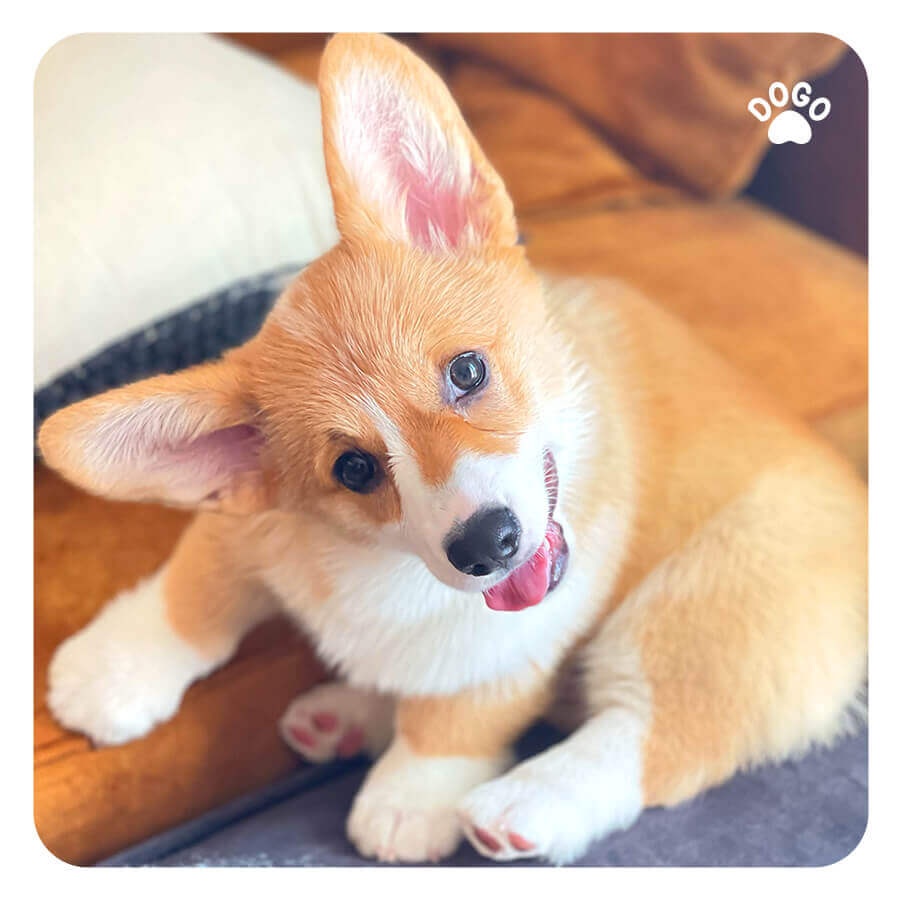
Establish Boundaries and Consistency
The first step in disciplining your puppy is to establish clear boundaries. Dogs thrive on routine and structure, so it’s crucial to set consistent rules from the beginning. Decide what behaviors are acceptable and which ones are not, and ensure that everyone in the household follows the same guidelines.
For example, if you don’t want your puppy to jump on the furniture, teach them this rule from day one. Be consistent in redirecting them to their designated sleeping area or providing a comfortable dog bed as an alternative. Remember, puppies learn through repetition and reinforcement, so consistency is key.
Positive Reinforcement: The Power of Rewards
When it comes to disciplining your puppy, positive reinforcement is a highly effective approach. Instead of punishing undesirable behaviors, focus on rewarding the behaviors you want to encourage. Puppies are naturally eager to please, so praising and rewarding them for good behavior will strengthen their desire to repeat it.
For instance, if your puppy sits calmly instead of jumping on guests, reward them with a treat or verbal praise. This positive reinforcement will help your puppy associate good behavior with positive outcomes, making them more likely to repeat those behaviors in the future.
Redirecting and Distraction
Puppies can be easily distracted, so another effective discipline technique is redirecting their attention. Rather than scolding or reprimanding your dog for inappropriate behavior, try redirecting their energy towards a more suitable activity.
For example, if your puppy starts chewing on your favorite pair of shoes, gently remove the shoes from their mouth and replace them with a chew toy. By redirecting their focus to an acceptable object, you are teaching them what they can chew on rather than what they can’t.
Patience and Time
Disciplining a puppy requires patience and time. Just like humans, dogs need time to learn, adapt, and grow. Keep in mind that your puppy is still developing both physically and mentally. Consistency and repetition will help them understand the rules and expectations of their new environment.
It’s important to note that discipline should never involve any form of physical punishment or harsh treatment. Yelling, hitting, or using any aversive techniques can harm your puppy’s trust and lead to fear or aggression. Instead, focus on positive reinforcement and redirecting their behavior towards more appropriate alternatives.
In conclusion, disciplining a puppy is a process that requires patience, consistency, and positive reinforcement. By establishing clear boundaries, using rewards to encourage good behavior, redirecting their attention, and allowing time for learning, you can help your puppy become a well-behaved and happy member of your family. Remember, a loving and nurturing environment is the foundation for a strong bond with your furry friend.[/fusion_text]

